ÚVAHA: Center and periphery of the body designed by science fiction 2/3
Článek od: Anonym - 27.11.2010
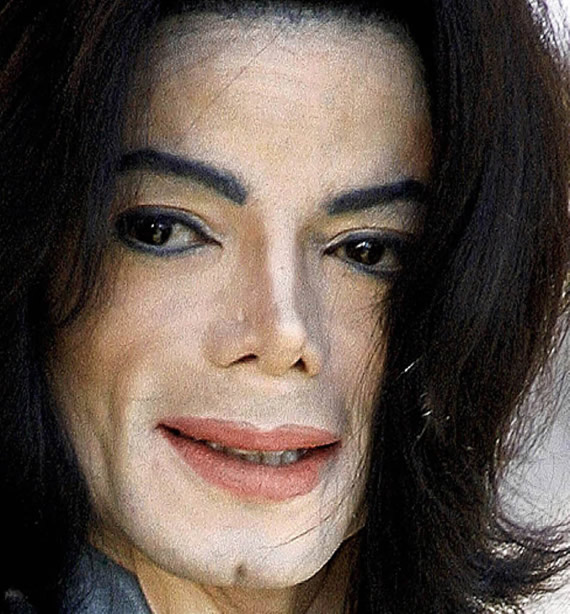 To demonstrate the social implications of the design changes of the human body let’s take the old example: Does tattoo or piercing constitute an ideology? When people modify their bodies by tattooing, piercing and scarring continuing up to the cyborg and/or virtual identity, they push hereby themselves into the centre of some community and proclaim their aspiration to stay away off the other communities, or inhabit only their periphery. Even the biologically not substantial peripheral part of their design as the skin color makes them unacceptable by some communities. The disabled persons are surviving marginalized in periphery of the social majority.
To demonstrate the social implications of the design changes of the human body let’s take the old example: Does tattoo or piercing constitute an ideology? When people modify their bodies by tattooing, piercing and scarring continuing up to the cyborg and/or virtual identity, they push hereby themselves into the centre of some community and proclaim their aspiration to stay away off the other communities, or inhabit only their periphery. Even the biologically not substantial peripheral part of their design as the skin color makes them unacceptable by some communities. The disabled persons are surviving marginalized in periphery of the social majority.
Not always marginalized. Medicine saved Stephen Hawking’s brain in cyborg’s body. Healthy people also are paying the amputation of their body-identity. They let themselves to be forced upon the refusal of their own bodies; they are buying an artificial identity to be tomorrow switched over by new fashion identity. This connotation of the concept “posthuman” is exemplified by celebrities. Michael Jackson is a shadow fluctuating among various personages: both colored and white, man and woman, child and adult, artist and businessman, childlike and erotic, and in the end dead and alive, perhaps livelier post mortem than he ever was during his physical life. Children and animals in Neverland Valley do not sort him out in terms of social categories; amorphous mass perceives him as a collective being vocalizing affectionately to all his appearances: “We love you, we love you…” Less than self-identical person, Jackson is more a design fulfilled by other designs; by series of bioengineering mutations he became a product created for consumption, bodiless medial phantom without centre and periphery. It is the absence of consistent personality which opens way for multitude of his embodiments to address several public groups.
Center and periphery are not merely material concepts, a physical description. The duality centre – periphery is primarily a cultural invention. Its cultural origin makes it to one of the fundamental metaphors of our thinking 3. Various political and ethical implications rise up – the centre is powerful, rich and ruling, well organized, irradiating civilization, inhabited by full-value persons (citizens); the periphery is week, poor and submissive, chaotic, disordered, needs to be civilized, inhabited by underpersons (in some societies not enjoying citizens rights), sometimes even not human, slaves, pagans, barbarians etc.
A Roman citizen had no need to leave the world center, anything came to him and everybody wished to live in Rome, not in periphery. A similar attitude is found in inhabitants of the contemporary megalopolises – arrogance of power assuming the rest of the world to be a chaotic “periphery” inhabited by barbarians. The disorder behind the center margins is suitable only to deliver tribute to Rome. Hic sunt leones.
We are not definitely clear on the original shape of the human being, perhaps there never was one. The original design of human being may be its capability to re-design itself; as early as 1486 Pico della Mirandola in his Oratio de hominis dignitate reasoned: “…a creature neither of heaven nor of earth, neither mortal nor immortal, in order that you may, as the free and proud shaper of your own being, fashion yourself in the form you may prefer”. Hence, the essence of humankind is that it has no preordained essence and is able to design and re-design itself. Thus, there is no bodily centre or physical periphery of Homo sapiens. The re-designing of human race proceeds within vague borders of body and mind; as a center of the transformation space are mostly considered the dominant cultural paradigms. The variety of the “centers” and “peripheries”, both real ones and created by imagination, is perhaps infinite. Center and periphery are not solid realms anymore; they are rather permutable, transformable and fluent. There is no such thing as totally autonomous body neither a totally autonomous mind. Anyway, whatdoes it mean to be non-human, how do feel cyborgs, mutants, human hybrids with machines, with other animals or even plants?
One of the basic treats of most science fictional beings either in “normal” form or transformed, different and un-human, is their bodily shape. Sigmund Freud said “The anatomy is the destiny.” Anatomy can be understood as a kind of design and Freud could have said “design is destiny”. The design of the body indicates its qualities, abilities, behavior, identity, sociability etc. It enables the author to play games with his fictional characters, to leave them stabile or altering them, finding unexpected treats of the person. The fictional body design is a psychological and sociological laboratory for the experiments in vitro, radiating signals to the public, which initially identifies and interprets the persons and their relations in the story – correspondingly to real life according to their body design.
A large network of population is already modified and aware of the fact, while others are not considering themselves as being altered – at least not self-consciously. Human body has been subject to artificial invasions for thousands of years; the offensive is nowadays successful, the road to the second creation of man, to his re-creation as for instance via genetic transmutations, seems to become reality. We have no choice anymore but a new center may arise from the peripheral chaos.
Central personages of popular culture are mirroring the reality and in the same time they are shaping it. The public is absorbing hero’s values, the popular culture externalizes the inner life of the public and after having it designed suitably for consumption, projects it back into the public fabricating indivisible unity of the exterior and interior, subjective and public, desired and imposed, centre and periphery. Mediocracy is the control of the information and communication environment by its creators as well as inhabitants of the media-country. There is no Great Designer in the center; there are millions of humans obeying their “desire machine”.4 They even do not recognize if the patterns they follow are their own. There is no Wonderland hidden behind media mirror and no autonomous subject is neither manufacturing nor consuming medial fabrication. The audience is the product repetitively recycled by its own fantasies as these are designed by media which in turn are technologies designed by people for this purpose. In technoorganic unity there is no center and no periphery; even though the technique seemingly consists of material things, in fact technique and technologies are social relations reified to objects. 5
References and notes
- Lakoff, George & Johnson, Mark 1980: Metaphors we live by. The University of Chicago Press, Chicago
- Deleuze, Giles & Guattari, Félix 2004: Anti-Oedipus. Continuum, London and New York
- Martin Heidegger in his essay Die Frage nach der Technik (1949) in compliance with Marx accentuates that substance of the technique is not technical. According to Marx the technique is reified manifestation of human relations, for Deleuze andGuattari it is manifestation of psychical mechanisms. McLuhan externalized psyche and technologized subject in tradition of Marx and Heidegger: „technologicalextensions“ always were essential characteristics of human being beginning by techniques of language and it’s pictograph records up to the contemporary electronic technologies. The person is not in possession of technologies, it is a sort of technology and human subjectivityis produced by technologies.
Ondrej Herec
- 5355x přečteno





















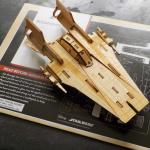
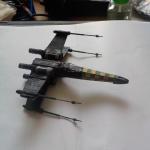
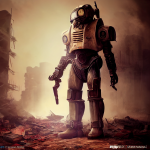

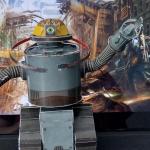
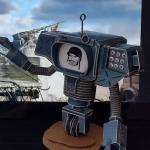
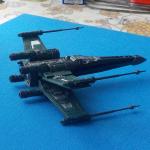
Přidat komentář